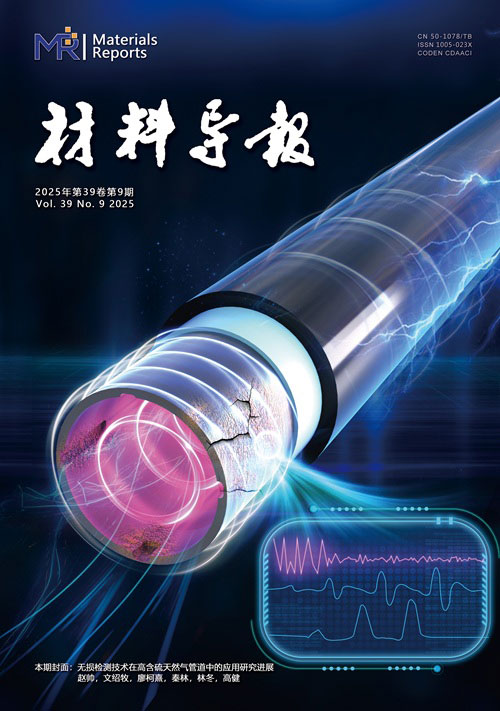|
|
Research Progress on Improving the Capture of Carbon Dioxide by Metal-Organic Frameworks
SUN Zengzhi, XUE Cheng, SONG Lifang, QIU Shujun, CHU Hailiang, XIA Yongpeng, SUN Lixian
Materials Reports
2019, 33 (3):
541-549.
DOI: 10.11896/cldb.201903022
Energy and environment are the essential conditions for human survival and development, furthermore, the mutual coordination between them is a vital guarantee for social sustainable development. In recent years, the negative impact of fossil fuels on human survival has gra-dually attracted widespread attention from society. The greenhouse effect is mainly attributed to the release of CO2 from the burning of fossil fuel. Therefore, the development of efficient and environmental-friendly carbon capture and storage technologies in a low-carbon economy environment play a crucial role in energy recycling and environmental protection.
Utilizing the amine solutions for scrubbing and absorbing CO2 is one of the most commonly technologies for industrial capture and storage (CCS) (e.g., separating CO2 from flue gas of power plant flue gas), which can significantly reduce the CO2 emissions, but also increases the plant energy consumption by 25%~40%, hence leading to an increase in additional costs to a large extent. In addition, other disadvantages of amine scrubbing include corrosion of the equipment by the alkaline solution, loss of solvent, degradation of the amine caused by heat production, and difficulty of separation after capturing. Solid materials such as alkali metal ceramics, solid amines, layered double hydroxides or calcium-based adsorbents for high temperature absorption (chemisorption) are another method of capturing CO2, while the energy consumption and the sensitivity of water molecules and other components limit their scope of application. In addition, it is also a feasible method to selectively separate the mixed gases with different mechanisms by utilizing polymers or inorganic membranes, yet the membranes with high stability, high selectivity, and high throughput are hard to obtain, and it is necessary to ameliorate the membranes’ adsorption and separation and their selectivity. For solid adsorbents, the capture of CO2 by porous materials at high pressure is dominated by adsorptive interactions, while selective capture at low pressure or low CO2 concentrations is primarily influenced by the interaction of adsorbents and a chemical affinity to CO2.
Metal organic frameworks (MOFs) exhibit tremendous potential for gas adsorption, especially for CO2 capture, due to their high crystallinity, high specific surface area and tunable pore structure. Compared with other solid adsorbents, such as activated carbon, zeolites, MOFs have higher adsorption selectivity. Applying it to the carbon capture and storage technology can dramatically broaden the range of CO2 adsorbents, increase the adsorption selectivity, meanwhile, effectively reduce the costs. Currently, MOFs are expected to capture CO2 in power plants, separation of CH4/CO2 in natural gas, CO2 collection from vehicles, and even direct capture from the air. Therefore, the development of MOFs mate-rials capable of efficiently adsorbing and separating CO2 is of great significance for relieving environmental stress.
This paper summarizes the establishment of CO2 adsorption model and proposes several methods to improve the adsorption capacity of CO2, such as increasing the density of open metal sites, doping metal or nitrogen atoms, adjusting their pore size or amino-functionalization, and synthesizing MOFs composite materials, and compared the effects of different methods on the adsorption capacity of CO2 under low pressure. In addition, they are expected to be applied to the capture of CO2 in post-combustion flue gas, vehicle exhaust and other small emission sources.
Reference |
Related Articles |
Metrics
|
|



 渝公网安备50019002502923号 © Editorial Office of Materials Reports.
渝公网安备50019002502923号 © Editorial Office of Materials Reports.